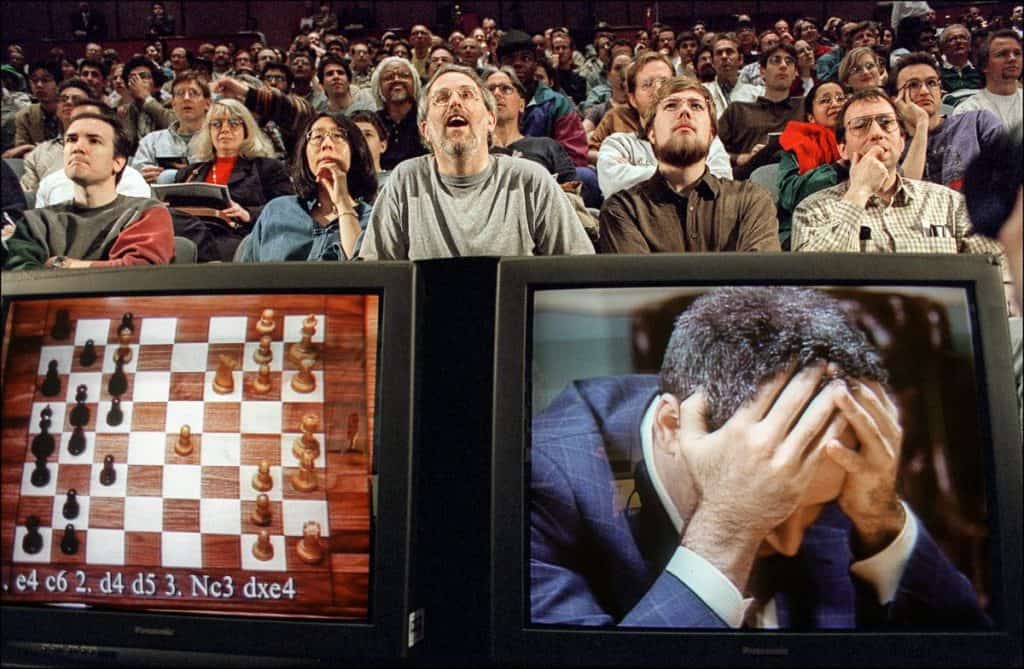
A classmate of his, Murray Campbell, worked on the project, too, and in 1989, both were hired to work at IBM Research. In 1985, a graduate student at Carnegie Mellon University, Feng-hsiung Hsu, began working on his dissertation project: a chess playing machine he called ChipTest. IBM computer scientists had been interested in chess computing since the early 1950s. Over the years, many computers took on many chess masters, and the computers lost. The game is a collection of challenging problems for minds and machines, but has simple rules, and so is perfect for such experiments. Since the emergence of artificial intelligence and the first computers in the late 1940s, computer scientists compared the performance of these “giant brains” with human minds, and gravitated to chess as a way of testing the calculating abilities of computers.


When the world chess champion agreed to play a match against Deep Blue, the IBM supercomputer designed to beat him, he was so confident that, according. Garry Kasparov was not afraid of a computer.


 0 kommentar(er)
0 kommentar(er)
